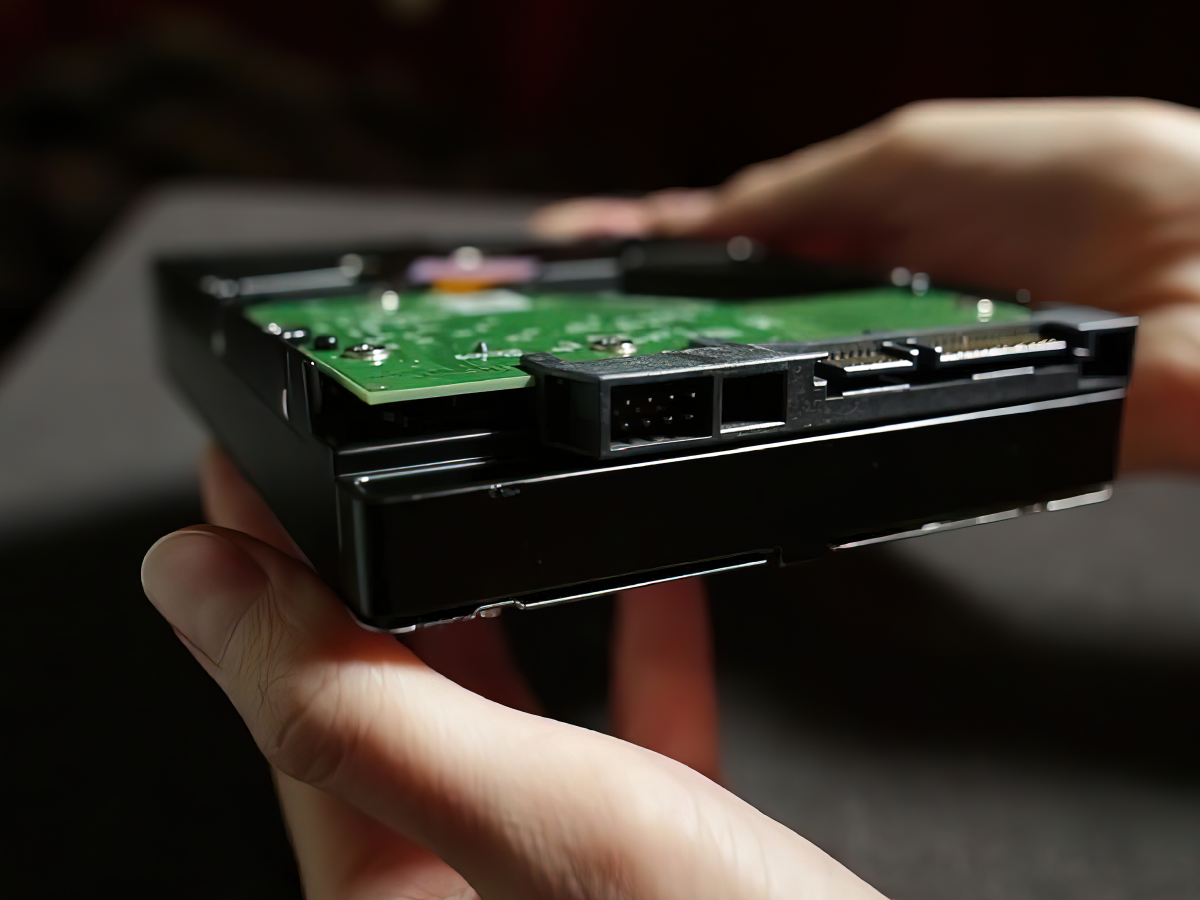Memory leaks are daily bread in software developers’ work, but they’re not something you should get used to easily. They’re just too overwhelming and absorbing—for systems security and engineering, users' daily work, and businesses alike.
A memory leak may be a common issue, but it’s definitely not a minor or trivial one. The negative effects of memory leaks tend to be all-encompassing and very harmful, if not catastrophic. For instance, they can make applications unstable, prone to security exploitations, and slower. They also contribute to software aging.
What’s even worse, they are very tricky. Well-designed computer programs may not have memory leaks per se, but they can easily import them with some external parts of code, like third-party libraries. On top of that, memory leaks can be invisible and hard to trace until a serious event occurs. And such an event can have truly devastating consequences as it was in the case of Amazon. Due to a data collection server replacement that led to memory leaks, the company experienced a serious web services outage that affected millions of users, with some servers coming to a stop.
Luckily, many scenarios of that kind can be avoided – read on to find out how.
Table of contents:
- Memory leak in brief
- Why spotting memory leaks is vital
- How to detect, prevent, and fix memory leaks?
- Memory leaks—key takeaways
Memory leak in brief
A memory leak is, in brief, a memory wastage. More elaborately, it means losing reference to allocated memory that forbids further access and makes deallocation impossible. It typically happens when a computer program fails (or „forgets”) to delete certain, no longer needed, objects from the memory it had allocated there before. This way, this portion of memory cannot be used for other purposes and is, in fact, wasted.
In the ideal world, the computer could, and would, simply terminate the program that is responsible for using the memory in such an unreasonable way. In our ordinary world, however, the operating system (providing it doesn’t have virtual memory management) simply may not be „aware” of the fact that the memory has been taken by something useless and does nothing.
Certainly, this „malfunction”, or incorrect memory management, is not the only factor responsible for memory leaks. A lot depends on the type of programming language used. For instance, object-oriented languages are regarded as more prone to a memory leak issue (due to storing references to objects) than languages that represent functional programming.
However, memory leaks are more related to memory management in a given language than the paradigm itself. Garbage-collected OO languages like Java or C# have no such memory problems as C/C++. The functional programming paradigm has memory-related data flow that may prevent memory leaks in C/C++ if applied, but it also impacts the memory access performance of modern processors (issues with data locality, cache coherency, etc.). But there are other regularities in this regard visible. There are programs (like compilers) where memory leaks usually aren’t a big issue. Also, memory leaks in Java may not have such grave consequences as they would have in, say, C++.
Of course, there are various types of memory leaks, like a memory leak in Java, a memory leak in C++, or a Python memory leak. On top of that, we can distinguish one-off memory leaks and ones that can be called progressive. They may have various backgrounds, as well as ways of coping with them.
What’s worth mentioning, is that most memory leaks in garbage-collected or reference-counted languages like Java or Python are related to third-party libraries. The situations where a memory region is not reclaimed in such languages are not related to reference lost, but to objects left unused and, technically, they are just a bad programming practice rather than a memory leak that is impossible to reclaim.
Why spotting memory leaks is vital
A memory leak can be detrimental to average users, software developers, and businesses of various sizes. Permanent consumption of finite system resources and reducing the amount of free memory may have grave consequences in many dimensions.
First of all, the system performance—its effectiveness and speed—gets affected and reduced due to a memory leak. At first, these changes can be rather discrete and often go unnoticed but the gradual degradation of system performance takes its toll anyway. Eventually, the system may stop working correctly or slow down substantially because of so-called thrashing, virtual memory exhaustion. Some more or less significant negative effects can even be observed immediately. One of the major threats is the risk of using a memory leak to carry out a denial-of-service attack.
Of course, wasting resources of any kind—including memory resources—is something highly disadvantageous for any company. Luckily, memory leaks can be quite effectively spotted by constantly growing memory demand. Also, putting applications into containers, with memory limits, prevents them from impacting the rest of the system and clearly indicates where those issues may come from.
But there are more great ways to prevent memory leaks and detect them at an early stage.
Detecting, preventing, and fixing memory leaks
„How to check memory leak?”, „How to detect memory leaks?”, „How to identify memory leak?”. No matter how we phrase it, the question is how can we effectively spot and track memory leaks. Unfortunately, there is no one universal memory leaks detector. But, luckily, there are some ways—and specific tools—to find memory leaks in certain circumstances.
First of all, you should suspect the program to drain memory resources if it runs constantly (and, btw, memory leaks are sometimes compared to a brain drain). Also, a significant slow in the application’s execution or running time may be a little suspicious. In these cases, more profound research may be needed.
How to detect memory leaks?
As for the available methods of memory leak detection, we may point out:
- monitoring the app’s resource consumption in time;
- inspecting the system’s RAM use (e.g with the Resource Monitor);
- using profiling tools (they often come with integrated development environments), e.g. Android; Studio Memory Profiler that provides real-time data on memory allocation or network usage;
- using memory leak detection tools, such as the Visual Studio debugger and C Run-time Library;
- using heap dumps to check the number of instances open and the space taken;
- using automated tools for identifying leaks in running applications, such as memory testing frameworks;
- using memory leak warnings (available in Java).
How to prevent memory leaks?
Detecting memory leaks is one thing, and preventing them is another. Luckily, there are some ways of avoiding memory leaks.
Some of the tips include:
- keep memory allocation on the radar at all times;
- free memory allocated on the heap when it is not needed anymore;
- use garbage collection (it’s only effective to some extent, though);
- monitor how much memory usage is taken with memory profilers;
- design and program applications with the utmost skill and care;
- use reference objects.
How to fix memory leaks?
In turn, fixing the existing memory leaks may include freeing memory by closing or disabling resource-intensive apps, updating the drivers, and disabling programs running on startup.
Memory leaks—key takeaways
Memory leaks may be a forgotten issue but they are an issue, indeed—and they should be tackled. But in practice, they are often disregarded and action is taken only when things start to go wrong after a memory leak occurs. And this may be the case, e.g., when the limited kernel memory gets affected by a severe memory leak.
The best that you can do is simply to try to avoid memory leaks by imposing discipline and some strict rules regarding who is responsible for what and at what stage of the project’s existence. If you want to prevent major memory issues, investigate every memory leak that comes your way.
Make sure to keep things tidy and well-organized from the very beginning. This simply means you should care about the quality of your programming so that your code doesn’t produce memory leaks. It would also be beneficial to build a routine of freeing objects that are not used anymore.
Assuming a memory leak or a memory usage problem in your ongoing IT project? Want to avoid memory issues and performance bottlenecks in the future? If possible memory leaks and their consequences are something that bothers you, contact Codete now.



